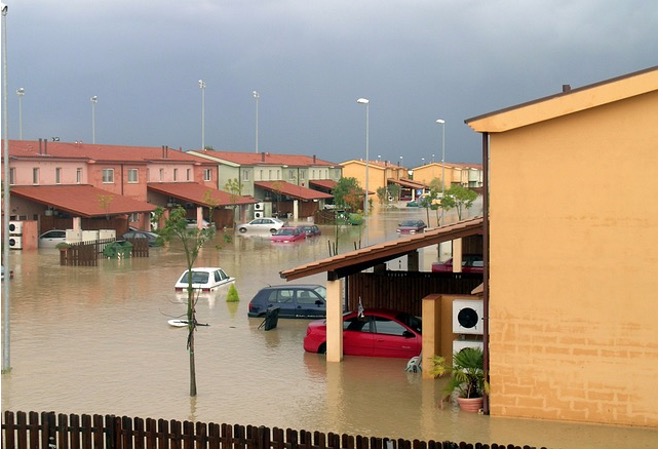Comments
FLOOD DISASTER - While you may be anxious to go back to your everyday life immediately after a flood, it's essential to note that floodwaters can be dirty and hazardous. Floodwaters may overflow from sewer lift stations, wastewater treatment plants, sewer collection systems, and community or individual septic systems into your compound or yard.
This may spread bacteria, protozoa, viruses, and other microbial impurities, causing illnesses like mild stomach upset, dysentery, severe gastroenteritis, and infectious hepatitis. A proper cleaning plan ensures a safe, clean environment free of pathogens and other hazardous things. Here are five tips for cleaning up after a flood.
1. Ensure the property is safe for access
Floodwater may contaminate the soil, ground, and other outdoor spots with viruses and bacteria. Due to the increased microbe levels in floodwaters, infection likelihood and human exposure risk rise. Determining whether your property is safe for access after a flood can be difficult.
However, an Environmental Site Assessment service can help ascertain whether any contaminants found can affect human health, identify possible contamination sources, and determine the risk of microorganisms in the floodwater. This service helps determine whether flooded areas are safe for access and if any intervention or precautionary measures are necessary, guaranteeing safety.
2. Use protective wear
During floods, floodwaters transport many contaminants from ditches, storm drains, and sewer lines. Upon receding, they can leave toxic substances and mud in your home. Coming into contact with contaminated water or mold may result in allergic reactions and other health issues. Consider wearing clothes that cover your legs and arms to protect yourself.
To keep your face and hands safe and to ensure you aren't breathing in toxic fumes and mold spores, wear a respirator, tight-fitting neoprene or rubber gloves, and tight enough goggles to prevent small particles and dust from getting into your eyes. If you have a loved one with a compromised or weak immune system, keep them away from the house because cleaning chemicals, mold, and sewage in flood water can make them sicker.
3. Dry your property as fast as possible
Mold growth in damp areas starts within 24 to 48 hours. Start by airing your home to get rid of mold. If there's power, turn on the dehumidifier or air conditioner and keep the windows closed for air to circulate indoors and eliminate excess moisture. If you only own fans, keep the windows open and (nsure the exhaust faces toward the open window. In the absence of power, use a portable generator and avoid using it indoors because it emits deadly carbon monoxide. If you have no power and no generator, open all doors and windows for unrestricted airflow.
4. Inspect your home for electrical and structural damage
Floods may result in structural damage, including buckling or loose roofs, floors, and foundation cracks. You might also notice frayed or broken electrical wires after the flood. Avoid touching the electrical box, switches, and outlets if you and your clothes are wet. Instead, call an electrician to assess the wiring.
5. Hire a water damage restoration service
Hiring a water damage restoration service after a flood is essential to ensuring a safe, sparkling cleaning home. They have the appropriate equipment to deal with contaminated water. These professionals will also fix damage fast and provide complete cleanup and quick, reliable, and safe mold remediation while reducing overall losses.
Endnote
Floodwater can wreak havoc in your home, making it challenging to clean. Use these tips to clean up after a flood.
(Samantha Waites loves to find out about new things. She tries to cover as many topics as possible to offer readers the chance to find out useful and interesting things as often as possible. Samantha considers writing to be her strongest skill and feels very fortunate to be able to work with a team of talented and passionate writers every day.)
















